Top 5 Gardening Tasks to Do Before the First Frost Arrives

by
Wet & Forget
(IC: professional)
4 Materials
$20
2 Hours
Easy
When Indian summer fades into fall, it’s time to catch up on late-season gardening to-dos. Some gardening chores should be completed before the first frost arrives. Check out our five-point list of what to do in the garden before the first frost.
When will the first frost arrive?
The first frost or hard freeze to arrive will depend on where you live. In general, the estimated frost date will be earlier in the northern states, and later in the south.
To find the fall frost date for your location, visit The Old Farmer’s Almanac, and enter your city, state or zip into the frost dates calculator search field. This handy site will give you the month and date that a frost could occur in your area (within 30% probability).
The classification of freeze temperatures (below) is based on how cold temperatures will affect plants:
A frost or freeze is sure to have an affect your garden and landscape plants. How much, depends on how low the temperature goes.
- A light freeze: 29° to 32°F— will kill tender plants.
- A moderate freeze: 25° to 28°F— most greenery will be damaged, including semi-hardy plants.
- A severe freeze: 24°F and colder— will damage the majority of plants.
In general, most plants will freeze when temperatures remain at 28°F for five hours or more.
The amount of frost damage depends on how long the temperature stays below freezing. If the temperature drops for a shorter period of time, less damage will occur.
Task 1 - Before-Frost Garden Cleanup
When visiting the garden before the first frost, consider these cleanup tips and how-tos.
- If you’re expecting a hard freeze, it’s a good idea to turn the garden soil with a shovel. This will expose any burrowing pests to the cold. Tomato hornworms, squash vine borers, and potato beetles are a few garden nuisances that tend to spend the winter in the soil.
- Harvest any late-season veggies such as tomatoes, spinach, and peppers. Allow them to ripen indoors or freeze for cooking.
- Pick pumpkins, melons, and winter squash. Store for winter, in a cool, dry location away from sunlight.
- Pick tender herbs such as basil and oregano.
- Vegetables such as carrots, mustard greens, and kale can be left in the garden and harvested as needed. Cold temperatures will improve the flavor.
- Rake, pull and remove all dead and dried plant debris from the garden. Remove all spent plants and weeds.
For more fall gardening ideas, visit here.
Task 2 - Bird Feeders and Baths
Birds tend to flock to a feeder when the chilly weather starts so hang and fill your birdfeeder. Consider adding a suet feeder. Suet offers a high-energy,high-fat meal for woodpeckers. Nuthatches, chickadees, and bluejays enjoy it, too.
Freezing temperatures make it difficult for garden birds to find an accessible source of water. Plug in your heated birdbath or birdbath heater. If you don’t have a heater, check the birdbath daily.
Task 3 - Covering Outdoor Plants
If the weatherman is predicting a frost or freeze, protect your plants by covering them. Covering your plants will help hold in heat and moisture and protect them from chilly breezes. Cover the entire plant before sunset to trap in daytime heat. Anchor lightweight covers with anchoring pins or rocks. Remove the covers in the morning, after the frost disappears and the temperature starts to rise.
Here are a few materials that will work well as a cover –
- Lightweight Tarps
- Newspapers
- Straw
- Burlap
- Landscape Fabric
- Lightweight baskets
- Worn Bed Sheets
Install hot caps over tender, young seedlings.
Or create a DIY hot cap with a plastic two-liter soda bottle –
- Remove the screw-on lid.
- Cut off the bottom of the bottle.
- Place it over young plants at night.
- Add the lid when the temperature dips.
Task 4 - Garden Hoses
Disconnect garden hoses from outdoor faucets, drain water from hoses and store them before temperatures dip. Remove all accessories from hoses – watering wands, nozzles, etc. Straighten the hose and lay it across the lawn on a downward slope. Leave out approximately 30 minutes to allow the water to drain downhill. Coil the hose by pulling toward you, and wrapping it as you go. Store hoses in a garage, shed, or sheltered location.
If a hard freeze is in the forecast, shut off water to the outdoor spigots and install insulated faucet covers.
Automatic Irrigation Systems –
To winterize automatic irrigation systems start by turning off the main water supply. If your irrigation system has a drain valve, use it to drain the system. If not, open all manual drain valves to lower the water and air pressure in the line. Leave valves open for 5 minutes to ensure the lines are fully drained.
After the water has drained from the mainline, open the drain cap located on the waste valve. This will drain the water located between the irrigation water shut off valve and the backflow device. Next, open the test cocks on the backflow device. For sprinklers with check valves, pull up on the sprinkler heads to allow water to drain from the sprinkler assembly. Close all manual drain valves.
Note: If you live in a region where the frost level extends below underground piping, you may need to have your system “blown out” with compressed air. This is best done by a qualified licensed contractor.
Task 5
Water your plants well to raise air temperatures. It may seem counter-intuitive to water your plants just before a frost, but, watering your soil just before the sun sets can prevent frost damage. As the water evaporates, it raises the air temperature around your plants.
While checking your garden before the first frost, fill buckets or gallon jugs with water early in the day. Set them in the sun. (Black or dark-colored containers are best.) In the evening, place the buckets next to your plants. The warm water will release heat, moderating air temperature, overnight.
Did you know? Plants with dark leaves are more frost tolerant than their lighter-colored cousins. Why? Because dark colors absorb more warmth from the sun, so the plant retains heat, longer.
We hope these garden before first frost ideas will help you get your garden, yard, or landscape in top shape.
Enjoyed the project?
Published October 17th, 2018 1:56 AM
Comments
Join the conversation
1 comment



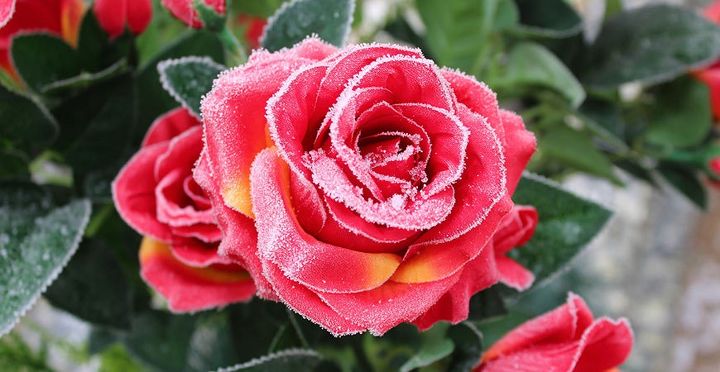




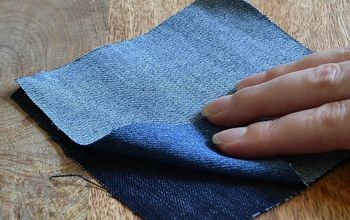



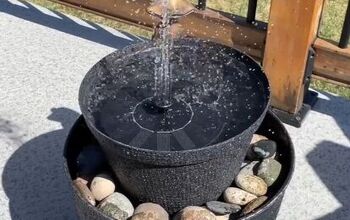


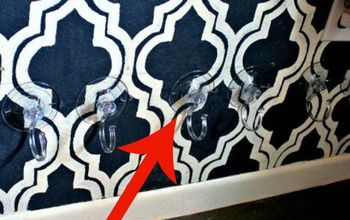






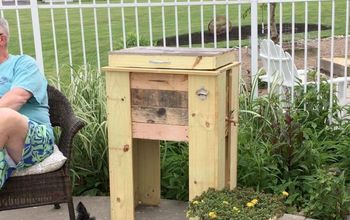



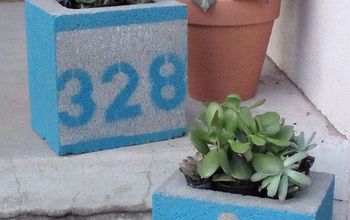



Frequently asked questions
Have a question about this project?